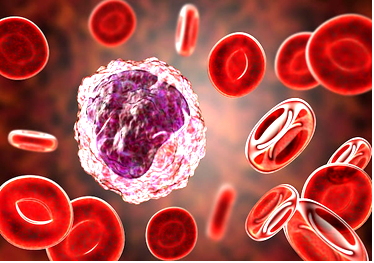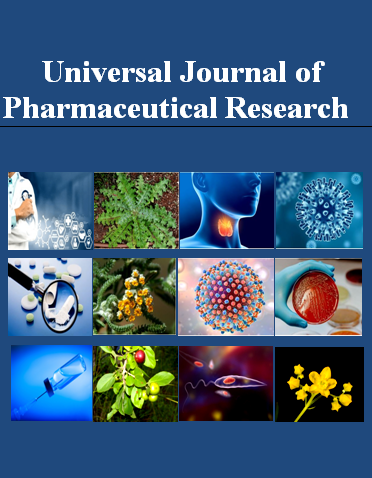MONOCYTES IN MENSTRUATION: CONTRIBUTIONS TO BOTH IMMUNITY AND FERTILITY
Keywords:
Monocytes, menstruation, immunity, fertility, endometrial remodelingAbstract
Monocytes, a fundamental component of the innate immune system, play an important role in menstruation by promoting immunity and fertility. These immune cells are aggressively attracted to the endometrium, where they play roles in tissue remodeling, immunological monitoring, and pathogen protection. Their ability to phagocytose apoptotic cells and produce cytokines maintains a balanced inflammatory response, limiting excessive tissue damage and promoting regeneration. Aside from their role in menstrual immunity, monocytes influence fertility by promoting implantation and maintaining immunological tolerance during pregnancy. They promote endometrial angiogenesis by secreting growth factors such as vascular endothelial growth factor (VEGF), which creates an environment conducive to embryo implantation. Furthermore, monocytes help with immune regulation by regulating the maternal response to fetal antigens, preventing immunological rejection, and promoting successful gestation. Monocyte dysregulation has been linked to a variety of reproductive diseases, including endometriosis, recurrent pregnancy loss, and implantation failure. Aberrant monocyte recruitment or function can cause chronic inflammation, decreased endometrial receptivity, and disturbed immunological tolerance, all of which have a deleterious influence on fertility.

Peer Review History:
Received 11 February 2025; Reviewed 9 March 2025; Accepted 22 April; Available online 15 May 2025
Academic Editor: Dr. DANIYAN Oluwatoyin Michael , Obafemi Awolowo University, ILE-IFE, Nigeria, toyinpharm@gmail.com
, Obafemi Awolowo University, ILE-IFE, Nigeria, toyinpharm@gmail.com
Reviewers:
 Dr. Dalia Kamal Zaffar Ali, Modern University for technology and information, Egypt, dr.moda88@gmail.com
Dr. Dalia Kamal Zaffar Ali, Modern University for technology and information, Egypt, dr.moda88@gmail.com
 Dr. Cecilia Nwadiuto Amadi, University of Port Harcourt, Port Harcourt Rivers State, Nigeria, cnamadi@rocketmail.com
Dr. Cecilia Nwadiuto Amadi, University of Port Harcourt, Port Harcourt Rivers State, Nigeria, cnamadi@rocketmail.com
Downloads

Published
How to Cite
Issue
Section

This work is licensed under a Creative Commons Attribution-NonCommercial 4.0 International License.









 .
.